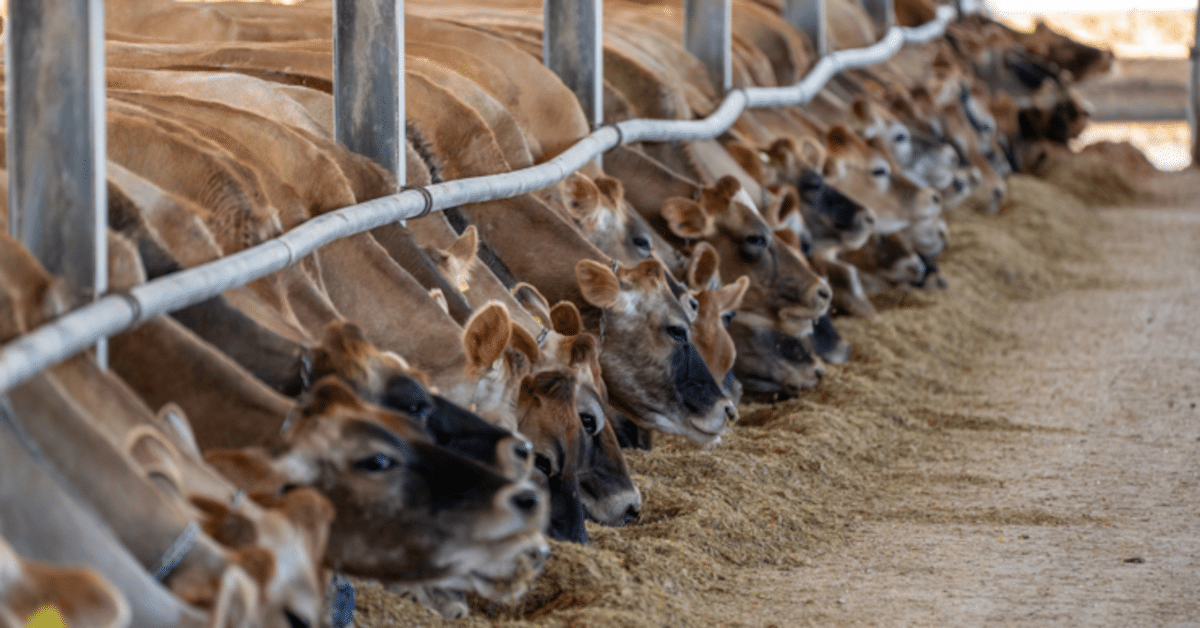This measure represents continue to support the intensive livestock farming with incentives to make it more efficient, instead of questioning it’s principle and moving towards more sustainable farming systems, such as agroecology.
– Emissions from agriculture are increasing every year in PT, going in the opposite direction to comply with the Paris Agreement.
– The largest contributor is intensive livestock.
– Measures to support the efficiency of the intensive livestock, could instead allow for its expansion
The inventory of agriculture-related emissions shows not only a failure to meet the annual reduction targets, but even a consistent increase that leads to GHG emissions already exceeding the reference year itself since 2017.
The main origins of these GHGs are enteric fermentation (51% of GHGs emitted by agriculture), linked to livestock intensification, particularly in cattle farming, and emissions from agricultural soils (32%), which reflect the effects of soil management practices. In Europe, livestock is responsible for 70% of European agriculture emissions, but if imported emissions (namely those linked to the production of feed outside the Union) are taken into account, the share rises to 82%.
The livestock sector is the main contributor to GHG emissions in agriculture, with emissions from enteric fermentation and manure management showing steady growth since 2014. Cattle and pig herds have seen a significant increase in the last ten years (11% and 17%, respectively), as a result of the incentives policy that has led to the concentration of livestock farming.
When outlining the national Common Agricultural Policy Strategic Plan (PEPAC), the Government decided to focus on subsidising intensive production systems in order to implement technical mitigation measures, namely through animal feed and manure management.
Although there is a potential for reduction (albeit very variable), there is, according to the European Commission’s letter of comments to the PEPAC, a risk of becoming another incentive to increase livestock numbers.
A structural intervention in the transition to healthier diets could have a significantly greater impact (GHG reduction estimated between 29-37%, compared to 5-21% of mitigation measures), with important co-benefits for society in terms of population health, even allowing savings in the National Health System, and therefore this should be the focus of climate policy for agriculture.

